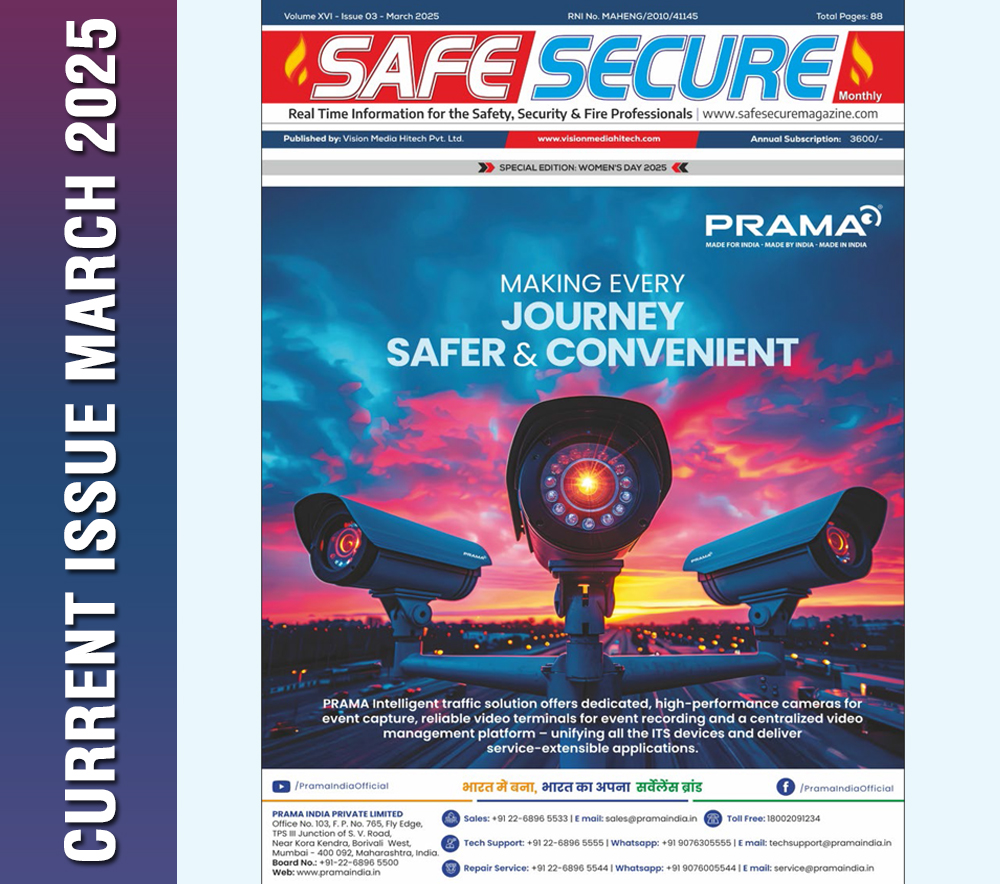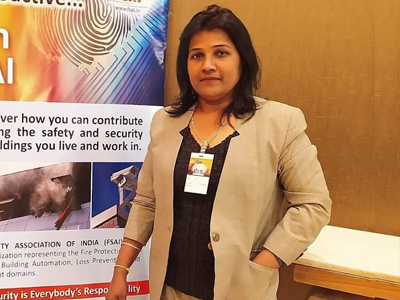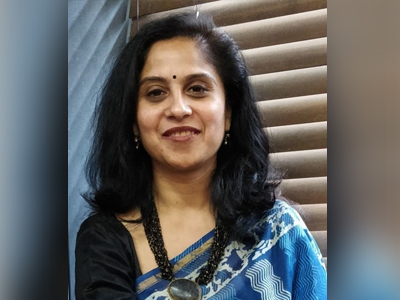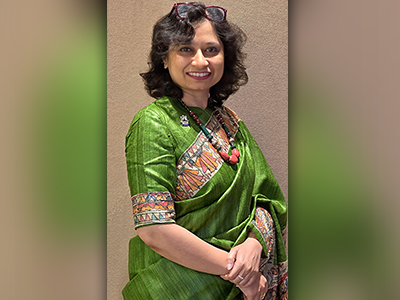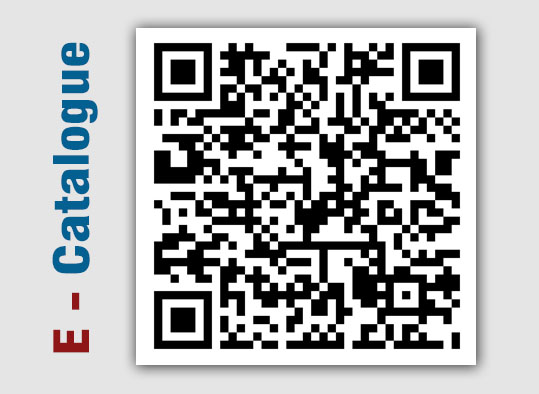Method Statement For Installation, Testing & Commissioning of SPRINKLER SYSTEM
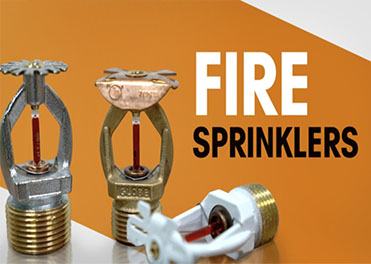
by Arindam Bhadra
1.0 PURPOSE
This method statement is applicable for the Installation, Testing & Commissioning of Fire fighting Sprinkler System for the project as mentioned in the Specifications & Approved Shop Drawings.
2.0 SCOPE
This method Statement shall cover the Supply, Installation, Testing & Commissioning of Sprinkler System in line with project requirements as indicated in the Approved Shop Drawings, specifications & manufacturer's instructions.
3.0 REFERENCE
3.1 Latest Approved shop drawings intended for Fire Fighting System
3.2 Specifications
3.3 Project Quality Plan
3.4 Project HSE Plan
3.5 Material Approval
4.0 DEFINITIONS
PQP : Project Quality Plan
PSP : Project Safety Plan
QCP : Quality Control Procedure
HSE : Health, Safety and Environment
MS : Method Statement
ITP : Inspection Test Plan
QA/QC : Quality Assurance / Quality Control Engineer.
WIR : Work Inspection Request
MIR : Material Inspection Request
UPVC Class E : Ultra polyvinyl chloride
UPVC : Ultra polyvinyl chloride
HDPE : High density polyethylene
PEX PIPE : Cross-linked Polyethylene
G.I. Pipe : Galvanized Iron Pipe
5.0 RESPONSIBILITIES:
Responsibilities for ensuring that the steps in this procedure shall be carried out are specified at relevant steps in the procedure:
• Project Manager
• Construction Manager
• QA/QC Engineer
• Site Engineer
• HSE Officer
• SK
5.1 Project Manager
✦ The work progress shall be carried out as per planned program and all the equipment's required to execute the works shall be available and in good condition as per project planned.
✦ Specific attention is paid to all safety measures and quality control in coordination with Safety Engineer and QA/QC Engineer and in line with PSP and PQP.
5.2 Construction Manager
✦ Construction Manager is responsible to supervise and control the work on site.
✦ Coordinating with QA/QC Engineers, Site Team & Foremen for all activities on site.
✦ Control and sign all WIRs before issuing to Consultant approval.
5.3 Site Engineer
✦ The method of statement to the system shall be implemented according to the Consultant project specifications and approved shop drawings.
✦ Provision of all necessary information and distribution of responsibilities to his Construction team.
✦ The work progress shall be monitored in accordance with the planned work program and he will provide reports to his superiors.
✦ The constant coordination with the Safety Engineer to ensure that the works are carried out in safe working atmosphere.
✦ The constant coordination with the QA/QC Engineer for any works to be carried out and initiate for the Inspection for the finished works.
✦ He will ensure the implementation of any request that might be raised by the Consultant.
✦ Efficient daily progress shall be obtained for all the equipment and manpower.
✦ He will engage in the work and check the same against the daily report received from the Foremen.
✦ The passage of all the revised information to the Foremen and ensure that it's being carried out properly.
5.4 QA/QC Engineer (MEP):
✦ The monitoring of executions of works at site and should be as per the approved shop drawings and project specifications.
✦ Ensure WIRs and MIRs are being raised for activities in timely manner and inspected by the Consultant.
✦ He will follow and carries out all the relevant tests as per project specifications.
✦ Obtain the required clearance prior to Consultant's inspections.
✦ Should acquire any necessary civil works clearances and coordination.
✦ QA/QC Engineer will assist the Consultant Engineer/ Inspector during Inspection.
✦ Check & ensure work is completed prior to offer consultant for inspection.
✦ Coordination with site construction team.
✦ He will assist the Consultant Engineer/ Inspector during the inspection.
✦ Ensure all works have been completed prior to raise inspection to the consultant.
5.5 Site Foreman
✦ The carrying-out of work and the proper distribution of all the available resources in coordination with the Site Engineer on a daily basis.
✦ Daily reports of the works are achieved and coordinated for the future planning with the Site Engineer.
✦ Incorporate all the QA/QC and Safety requirements as requested by the concerned Engineer.
✦ Meeting with any type of unforeseen incident or requirement and reporting the same to the Site Engineer immediately.
5.6 Safety Officer
✦ The implementation of all safety measures in accordance with the HSE plan and that the whole work force is aware of its proper implementation.
✦ The implementation of safety measures is adequate to maintain a safe working environment on the work activity.
✦ Inspection of all the site activities and training personnel in accident prevention and its proper reporting to the Construction Manager and the Project Manager.
✦ The site is maintained in a clean and tidy manner.
✦ Ensure only trained persons shall operate the power tools.
✦ Ensure all concerned personals shall use PPE and all other items as required.
✦ Ensure adequate lighting is provided in the working area at night time.
✦ Ensure high risk elevated areas are provided are barricade, tape, safety nets and provided with ladders.
✦ Ensure service area/inspection area openings are provided with barricade, tape, and safety nets.
✦ Ensure safe access to site work at all times.
5.7 Store Keeper (SK)
✦ Responsible for overall Store operations in making sure to store the material delivery to the site and keep it in suitable area that will keep the material in safe from rusty and damage.
✦ One who will acknowledge the receiving of materials at site in coordination with QA/QC & concerned Engineer.
6.0 EQUIPMENTS
Following tools shall be arranged before starting the job.
a. Tool Box.
b. Measuring Tape.
c. Hack Saw Blade
d. Spirit Level
e. Electric Drill Machine
f. Step Ladders
g. Threading Machine
h. Solvent Cement
i. Electric welding machine. (if required)
j. Torque Wrench
k. Pipe Cutting Machine
l. Grinding Machine
m. Pressure Gauge
n. Hammer
o. Water Level Marker
p. Mobile Scaffolds
q. Staging Platforms
7.0 PROCEDURE
Work Sequence/Procedure
7.1 General Requirements
✦ All the materials received at site shall be as per the approved technical material submittal for Wet Pipe Sprinkler System and to be inspected upon receipt & approved by the engineer prior in proceeding with the installation through MIR. Any discrepancies, damages etc., should be reported to the supplier for rectification or replacement & to be removed from site immediately.
✦ All construction/inspection/testing works shall be carried out in accordance with the specifications & to be done by qualified Mechanical Engineers and shall be checked and approved by MEP Subcontractor Construction Manager along with QA/QC Engineer.
✦ Contractor has to clarify the procedure for material delivery to the site through consultant Engineer at site.
7.2 Material Transport/ Delivery
✦ During transportation ensure that the equipment & its components (if any) are delivered in a shipping package and or shall be at least in a box covered with plastic. Extra care in unloading the equipment is required to avoid scratching or denting.
✦ Where ever possible the loading and offloading of the Sprinkler Equipment shall be carried out by hand.
✦ Equipment shall not be dropped onto hard surfaces & should not be dragged along the ground.
✦ All the received units shall be checked & inspected to ensure that it is complying with the approved material submittals prior to site storage.
7.3 Storage on Site Store
✦ To ensure that deterioration of the Sprinkler Equipment does not occur during storage, it is recommended to store the equipment in sheltered conditions that are protected from weather elements and accidental damage.
✦ Sprinkler Equipment shall be protected with plastic/ tarpaulin or shall not be removed from the shipping package unless otherwise instructed to do so.
✦ All packages for the equipment reaching the site shall be identified as per package list.
7.4 Sequence of Installation for the Sprinkler System
7.4.1 Safety
✦ All site safety rules & regulations shall be complied with.
✦ Supervisors will deliver tool box talks, relevant to these activities to all operatives involved in the installation, testing & commissioning and shall be recorded.
✦ All operatives will be equipped with minimum personnel protective equipment; hard hat, coveralls, safety boots, safety glasses.
✦ The persons using cleaning fluid and solvent cement have to wear hand gloves.
✦ Ensure only qualified personnel shall install, test & commissioned the equipment.
✦ During Testing & Commissioning, display warning sign boards necessarily provided and barricade the area whenever necessary.
✦ Ensure that all operatives fully understand the method of these activities.
7.4.2 Pre- Installation Procedure
✦ Before commencement of installation activity, the supervisor must ensure that:
✦ Delivered Sprinkler Equipment shall have been inspected & approved via MIR by the consultant prior to installation at site.
✦ All Installations & Pressure Testing of Fire Fighting Pipe works have been completed & approved by the consultant.
✦ Relevant documents or certificates shall be presented at the time of inspection if required by the Consultant.
✦ Permission to start or Civil Clearances prior to installation has been given by the main contractor.
✦ All relevant Shop drawings for the installation of the equipment shall be available & approved by the consultant. No installation shall be done without Approved Shop Drawings.
✦ Installation activities shall only commence when all associated works by the Civil such as clearing of work place, water proofing, etc. have been verified & completed.
✦ Safe access shall be provided by the Main Contractor thru Work Permit in coordination with the Safety in charge at site.
✦ Inspect the relevant area for any possible clashes with other services.
✦ Check for other services, making sure that there is no interference between each service & adequate access to work and for future maintenance can be maintained.
7.4.3 Installation Procedure for the Sprinkler System
7.4.3.1General Notes on the System:
* A wet sprinkler system is used for Fire Protection purposes and it is an integral part of the Installation of Fire Fighting System & Accessories as mentioned in the Approved Method Statement. The system is designed in accordance to the Fire Protection Engineering Standards. The system is a portion of the aboveground network of specially sized and pipes are hydraulically designed which will be installed inside the building, structure or areas as indicated in the Approved Fire Fighting System Approved Shop Drawings for which sprinklers are installed & fix in a systematic pattern. The valve controlling the each system is located in the system riser or its supply piping. Each sprinkler riser includes a device for actuating an alarm when the system is in operation. The system is actually activated by heat from fire and discharges water over the fire area.
* The sprinkler is fire suppression & control device that operates automatically when heatactivated element is heated to its thermal rating or above, allowing water to discharge over a specified area. The characteristics of a sprinkler that define its ability to control or extinguish a fire are thermal sensitivity, temperature rating, orifice size, and installation orientation & water distribution characteristics.
* The sprinkler system is designed as per NFPA 13 "Standard for the Installation of Sprinklers". The location & spacing of sprinklers and pipe sizes are designed in conformance with the applicable clauses of NFPA 13. This standard provides the minimum requirements for the design & installation of automatic Fire Sprinkler Systems and exposure protection sprinkler systems, including the character and adequacy of water supplies and selection of sprinklers, fittings, piping, valves & all materials and accessories.
7.4.3.2 Installation Procedure:
Refer to Approved Method Statement in which the Installation Procedures for Sprinkler Pipes, Valves & other Accessories have been discussed. However, Installation procedure for Sprinkler Heads, Butterfly Valves & Flow Switches are as follows:
7.4.3.2.1 Sprinkler Heads:
✦ Prior to installation, ensure that all the Sprinkler Equipment is equipped with associated appurtenances as per manufacturer standard & supply according to the approved material submittal.
✦ All Sprinkler Equipment shall be covered & protected for moisture, corrosion, dust & any deterioration before & after the installation.
✦ Ensure that the installations (with or without ceiling) whichever is applicable shall be on the exact locations as mentioned on the Approved Shop drawings.
✦ Mark the final location of the Sprinkler System. It is much recommended to check physically & measure the actual dimensions on site.
✦ Installation of sprinkler heads shall be as per manufacturer's instructions and requirements of NFPA-13.
✦ Make sure hangers & supports are aligned & secured.
✦ Pipe sizes shall be as per the approved & shall be initially tested.
✦ Hand tight the sprinkler heads into the fittings to avoid mechanical damage and gradually tighten it with appropriate size & type of wrench.
✦ A nominal clearance of 3/8" to 1" from the finished ceiling line. Adjustment can be made through the push-on Escutcheon plate to compensate for the variation in the fittings.
✦ To install the Escutcheon plate, align and press it over the Sprinkler body, until the outer edge of the Escutcheon meets the mounting surface.
✦ Ensure that the concealed pendant sprinklers are installed and inspected prior to fixing of the cover.
7.4.3.2.2 Installation Procedure of Butterfly Valves:
✦ Install butterfly valves as per the approved drawings. Ensure that it is readily accessible for operation & maintenance.
✦ Ensure valve disc does not interface with the operation of other system components adjacent to the butterfly valve.
✦ If the valve is hard to close, it may be due to debris lodge in the sealing area. This can be corrected by backing-off the hand wheel and closing it again several times if necessary. Don't force the valve to seat by applying a wrench to hand wheel. This may distort the valve components or scratch the sealing surfaces.
✦ The inlet & outlet piping of the valve shall be properly supported to prevent excessive stress to the valve body. Do not use the valve body to support pipeline position as it may result in distortion of the valve body.
✦ Fire alarm provision has to be provided on the valve to connect with the fire alarm panel.
7.4.3.2.3 Installation Procedure of Flow Switches
✦ Install the flow switch as per the approved drawings. Ensure that it is readily accessible for operation, inspection & maintenance.
✦ Mount the flow switch either on horizontal or vertical pipes. On horizontal pipe, it shall be installed on the top portion of the pipe for easier accessibility and service.
✦ Drill the hole in the pipe, as per product manufacturers' recommended hole size for insertion of the vane of the flow switch.
✦ Clean the inside surfaces of the pipe, where the hole was made for a distance equal to the pipe diameter on either side of the hole.
✦ Roll the vane so that the arrow on the saddle points in the direction of the water flow.
✦ Install the saddle strap and tighten the bolts alternately.
✦ Ascertain that the vane does not rub the inside surfaces of the pipe.
✦ Fire Alarm provision has to be provided to connect with the fire alarm control panel.
✦ After completion of installation of the entire sprinkler heads, butterfly valves & Flow Switches & raise inspection for Consultant Approval.
✦ Once installation has been accepted & approved by the Consultant, provide covering material to the Installed Sprinkler Heads to avoid entry of dirt, dust and damage.
✦ Testing & Commissioning shall commence after final approval by the consultant.
7.4.4. Testing & Commissioning Procedures
7.4.4.1 Visual Inspection & Testing Procedure
✦ After documentations & visual checks, Testing shall proceed further.
✦ Ensure all pipe works has been hydrostatically tested & completed.
✦ All supporting system has been completed, properly installed & fixed.
✦ Ensure all instruments (if required) to be used during the testing shall be calibrated & records shall be available.
✦ Ensure that the all Equipment is in their proper location as mentioned on the Approved Shop Drawings.
7.4.4.1.1 Flushing Procedure
✦ All main risers including Sprinkler & Fire Hose Reels shall be thoroughly flushed before connection of Sprinkler Heads.
✦ Close all branch lines for initial flushing.
✦ Fill complete system with clean water and initially carry out the flushing manually.
✦ Refill the system with clean water & run the pumps for 2 hours.
✦ Open Drain valves in the main lines and drain the water.
✦ The flushing operation shall be continued until satisfactory cleaning is ensured.
✦ Water used during the flushing shall be drained or disposed to a safe place using flexible pipes to the nearest drain point.
✦ Hydrostatic Testing for the Sprinkler Piping System shall commence after flushing.
7.4.4.2 Commissioning Procedure for the Sprinkler System
✦ Prior to commissioning, ensure that all instruments (if any) to be used during the commissioning shall be calibrated. Calibration certificates shall be available.
✦ Ensure that all installed Fire Fighting Equipment & its components have been installed as per the approved shop drawings, manufacturers' recommendation & piping system have been tested for leaks. Approval for all preliminary inspections shall be available during the commissioning stage.
✦ Ensure all Fire Fighting System pipe works has been completed, tested & approved by the Consultant.
✦ Ensure all sprinkler heads have been installed & fix properly with the correct alignment & spacing.
✦ Ensure firmness & tightness of supports prior to Commissioning of the equipment.
✦ After satisfactorily verification of installation & testing records & visual checks for the Fire Fighting Equipment, commissioning shall commence.
✦ Close the gate valves after all the PRV station in the building.
✦ Start pressurizing the high pressure lines using the fire pumps up to the required system pressure.
✦ Adjust the PRV to reduce the pressure after the PRV Valve to the required system pressure.
✦ Maintain the pipes pressurized & re-check visually if there are any leaks for about 2 hours.
✦ Close all the zone control valves, landing valves inside the cabinets & lock shield valves of the hose reels.
✦ Open the gate valve after the PRV valve & start pressurizing the riser pipes & cabinets using the fire pumps.
✦ Check pressure in all floors by using special adapter with calibrated pressure gauge. Record the reading.
✦ Start opening the zone control valves for each floor & check for any leaks for about 2 hours.
✦ After pressurizing the whole system. Keep it for 24 hours for observation.
✦ Open the drain valves of the zone control valves floor by floor. Alarm system should indicate fire signal in the building.
✦ Close the zone control valves floor by floor & alarm system should give fault signal.
✦ Commission the alarm check valve in the pump room by opening its drain line & check the mechanical bell performance.
✦ Open the lock shield valves for each hose reel & adjust its pressure to 3-4 bar through the PRV using special nozzles with pressure gauge. The water flow should be at least 6 meters. (Hose reel should be open outside the building to avoid any damages to other services).
8.0. ATTACHMENTS
8.1. Quality Control Procedure
8.2. Inspection & Test Plan
8.3. Installation Check Sheet
8.4. Testing Check Sheet for Fire Fighting Piping System
8.5. Testing & Commissioning Check Sheet
8.6. Risk Assessment
Ref: NFPA, OHS.
E:\Download\MS for installation and T&C of sprinkler system.pdf

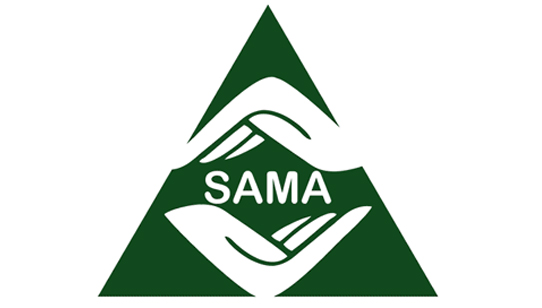



.png)


